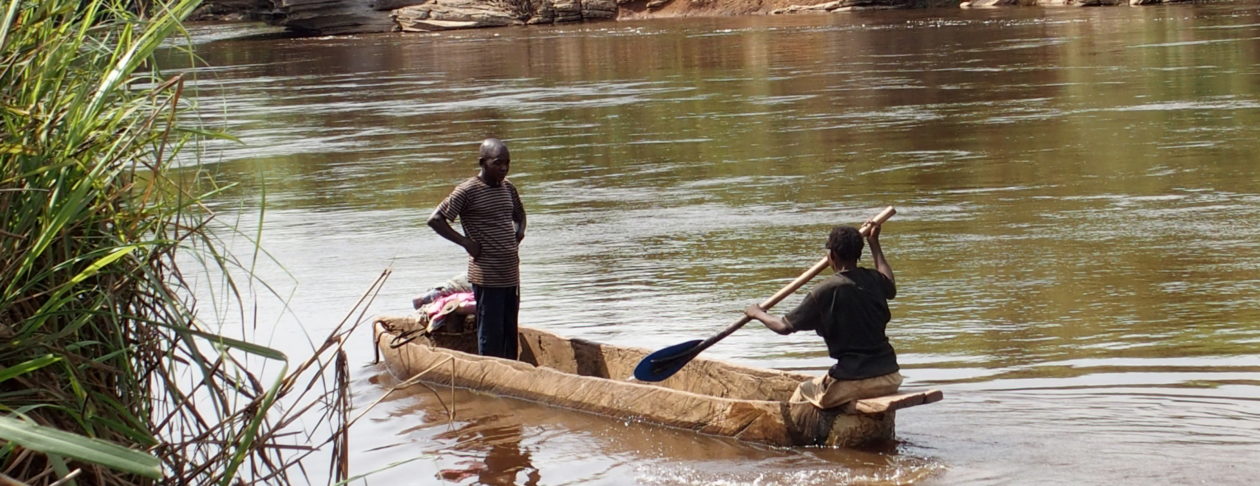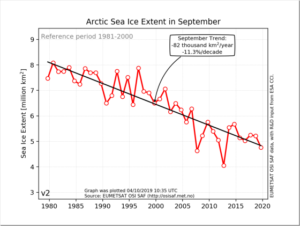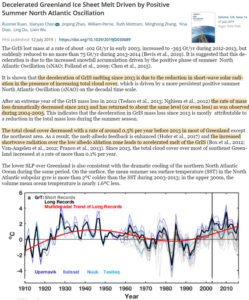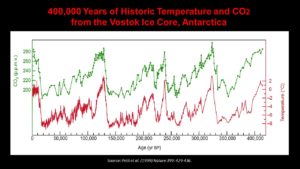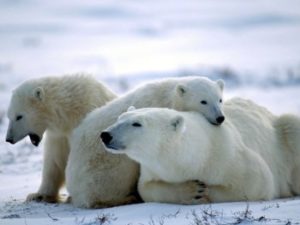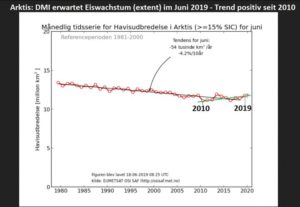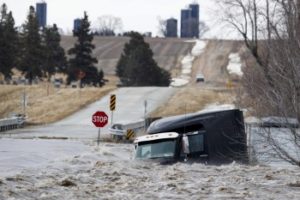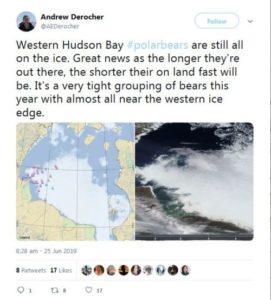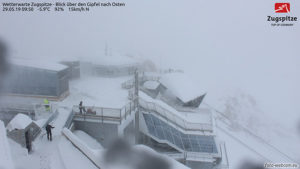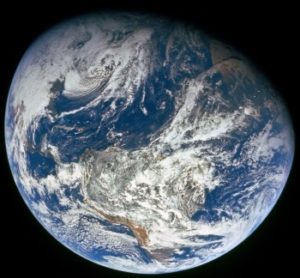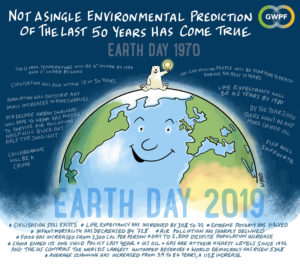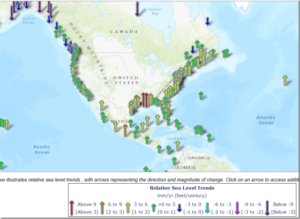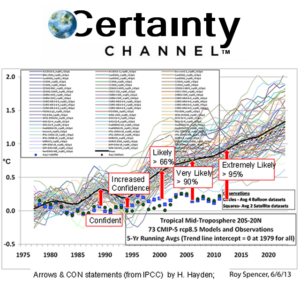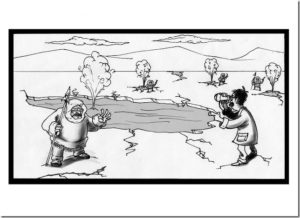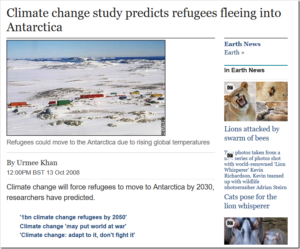by J.P. Oury, 11 octobre 2019 in EuropeanScientist
Si le sujet « vérité et connaissance scientifique » est un pilier de la philosophie classique et de l’épistémologie contemporaine, il se pourrait bien que, dans une ère de post-vérité, ce thème soit progressivement remplacé par celui de la chasse aux « fausses informations ». Pour le dire autrement, ce qui compte, ce n’est plus la quête d’un sens métaphysique ou une recherche de cohérence logique, mais qu’un énoncé tienne le plus longtemps possible à la Une de l’actualité avant d’être remis en cause.
En affirmant ceci notre objectif n’est pas de donner un blanc seing au relativisme ou d’abandonner la méthode scientifique, bien au contraire. Il s’agit de réfléchir sur la possibilité de redonner à celle-ci sa superbe ; d’autant plus qu’elle n’est plus simplement une affaire de scientifiques : les médias, les politiques, les ONG et l’opinion s’emparent immédiatement de la moindre expérience rendue publique et se trouvent engagés de manière quasi instantanée dans le processus de « vérification » qui passe d’abord souvent par l’acceptation. Ce qui montre la nécessité d’éduquer l’opinion pour lui apprendre à détecter les différentes typologies d’erreurs scientifiques. Voici donc une petite grille de lecture que nous avons établie en classant cinq grandes typologies d’informations scientifiques qui se sont révélées fausses…
Rétractation d’un article sur le réchauffement des océans : l’erreur scientifique
…

…
